Shoulder blade pain can be quite discomforting.
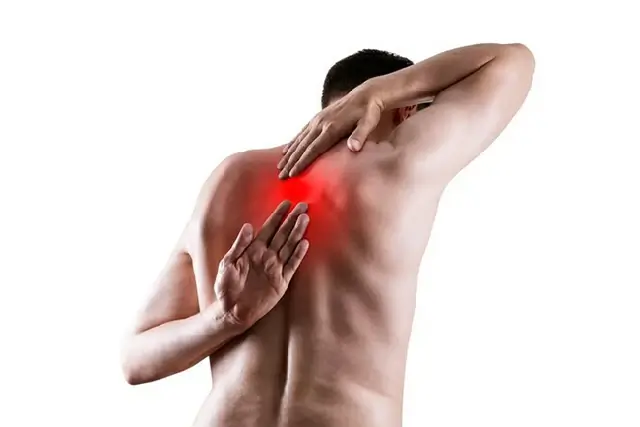
What causes this agony? Is it a neck issue? Is it the upper back? Is it a postural problem? Or is it trigger points and muscle tension?
In this article, we will delve into the reasons behind pain between the shoulder blades or pain in the rhomboid muscles and provide you with solutions.
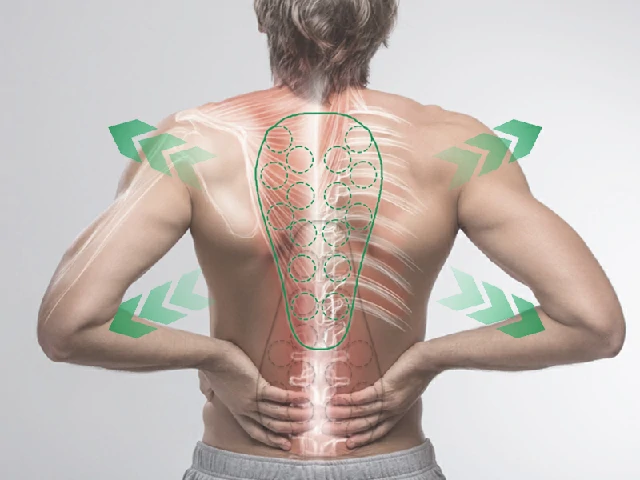
3 Reasons that Cause Scapula Pain
If you are a patient troubled by shoulder blade pain and searching for solutions to this discomfort, you may find a plethora of different suggestions online.
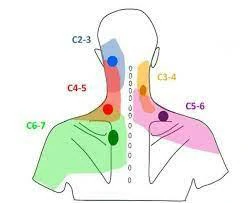
There’s one camp claiming that the pain on the inner side of the shoulder blades stems from cervical vertebrae issues, another asserting that it’s due to restricted chest joint and thoracic cavity activities, and a 3rd emphasizing the importance of the trapezius muscle.
Your shoulder blade pain is often a result of these 3 reasons. Let’s break them down one by one to help you pinpoint the cause of your shoulder blade pain.
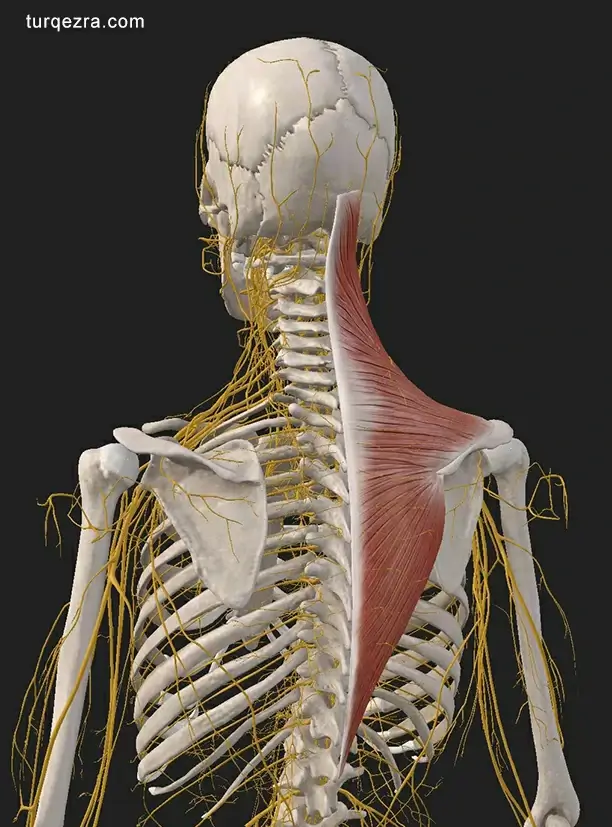
Cervical spine
Firstly, let’s talk about inner-side shoulder blade pain. This pain often originates from cervical spine problems. The cervical spine is a crucial area connecting the head and body, and when issues arise in the cervical spine, it often impacts the stability of the entire upper body, leading to shoulder blade pain.

Office workers often face prolonged periods of sitting, poor head posture, resulting in excessive pressure on the cervical spine, which in turn affects the muscles of the shoulders and back. This kind of pain, if left unchecked, not only interferes with daily life but may also impact work efficiency and quality of life.

Chest joint and thoracic cavity activities
Secondly, restricted chest joint and thoracic cavity activities are also significant contributors to shoulder blade pain.
Stiffness in chest joints and limited range of motion can lead to improper body posture, exacerbating muscle fatigue and affecting blood circulation and muscle activity in the shoulder blade region.
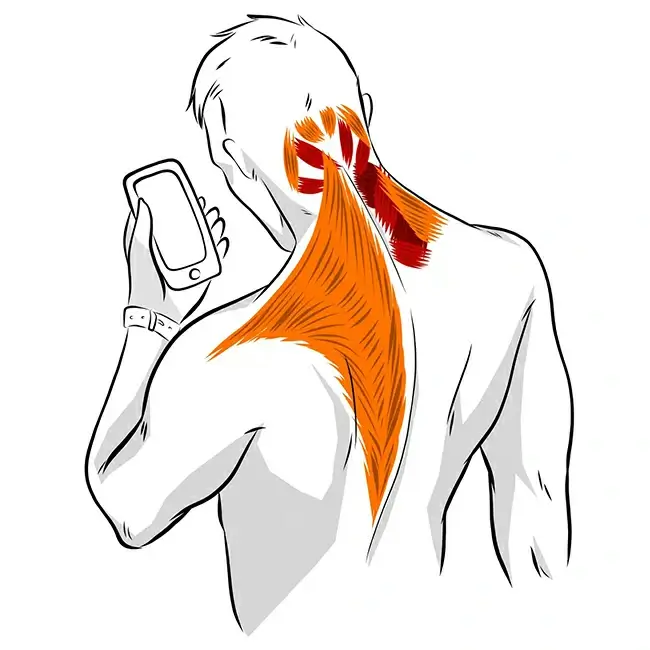
Incorrect sitting posture, lack of proper exercise can result in the stiffening of chest muscles, reduced joint mobility, thereby increasing the chances of shoulder blade pain.
Trapezius muscle
Lastly, trapezius muscle imbalance is another crucial factor leading to shoulder blade pain. The trapezius muscle is an important muscle connecting the neck, shoulders, and back.
Imbalances in its function can directly affect the muscle group around the shoulder blades, causing pain in the shoulder blade area.
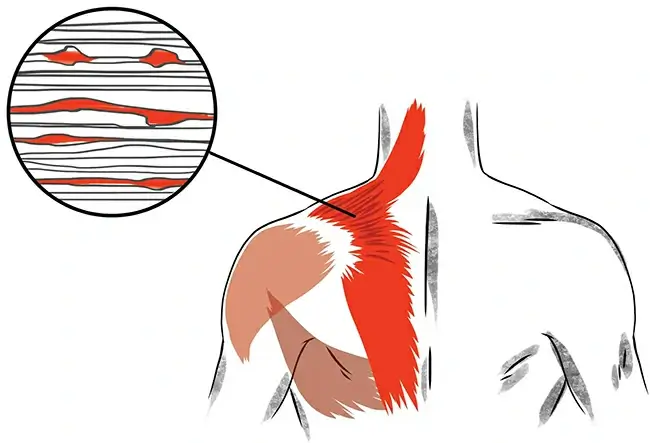
Trapezius muscle imbalances may be caused by uneven intensity exercises, incorrect posture, or prolonged bodily discomfort, subsequently affecting the stability and mobility of the entire upper body, causing shoulder blade pain issues.
Get Ssolutions for Each Corresponding Reason
Once you have a basic understanding of the pain’s source, finding relief will become more attainable.
If you suspect neck-related referred pain, you can start treatment immediately. Towards the end, we will introduce a method that works for all 3 situations.
Neck massages and exercises usually provide short-term relief from pain, but it’s crucial to note that prolonged positions may become a contributing factor to muscle pain.

Patients should regularly practice self-relaxation of the neck multiple times a day at home or work. Consistent single posture or lack of movement may lead to muscle pain, hence the recommendation of changing positions regularly and incorporating relevant exercises.
If you suspect referred pain from the thoracic spine, the situation mirrors that of neck-related referred pain. Studies show that pain from the chest may radiate to the inner side of the shoulder blade.
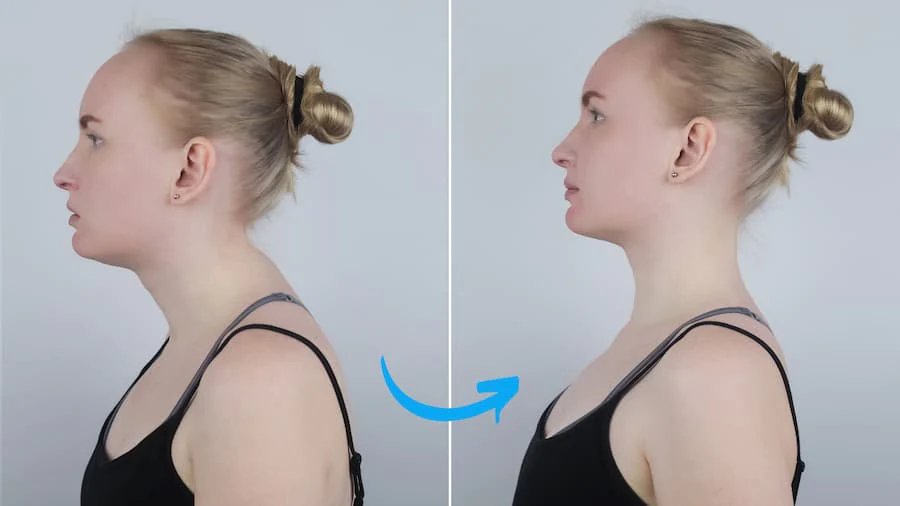
By conducting manual examinations, pressure point checks, and specific exercises, you can confirm thoracic spine issues and undertake appropriate treatment measures.
If the pain isn’t attributed to the neck or thoracic spine, local muscle pain may be the primary culprit.
This localized pain may manifest as sharp or specific area pain, possibly due to trigger points. For pain triggered by trigger points, consider trigger point therapy methods like applying pressure with your thumb or pinky finger or using a ball for pressure.
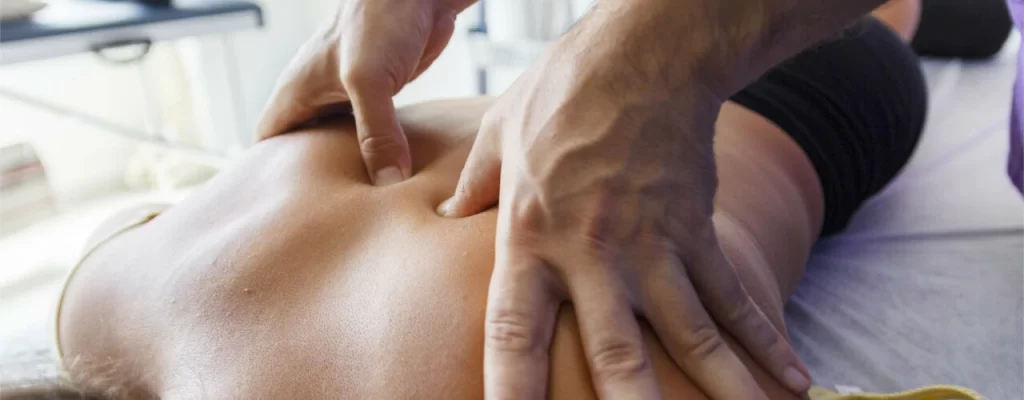
Exercise should remain within an acceptable range of pain and monitor the patient’s response. These methods can be tried to alleviate pain, hopefully dispelling some uncertainties.
If you are unable to identify the problem’s cause or if multiple causes are present simultaneously, then you can turn to the Shoulder Blade Wedge to address your shoulder blade pain issues.
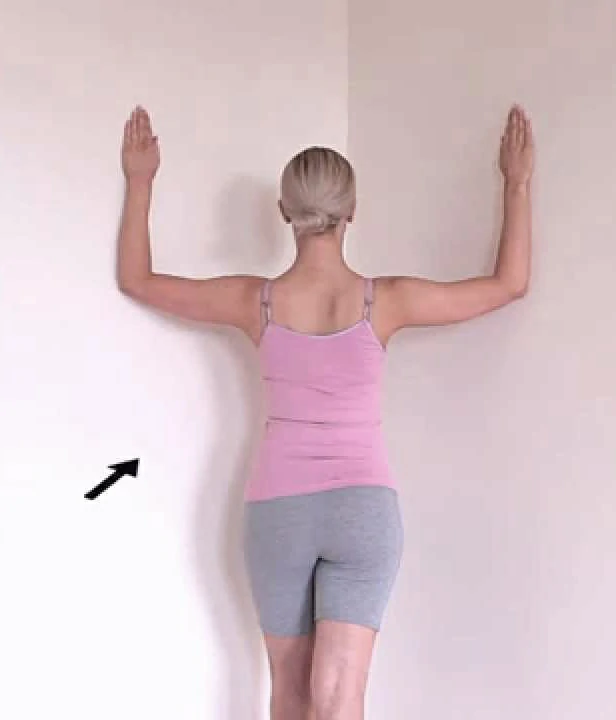
This uniquely designed product can act on alleviating inner-side shoulder blade pain, easing restricted chest joint mobility, adjusting trapezius muscle imbalances, among other issues.
By simply using the Shoulder Blade Wedge, you can gradually relieving shoulder blade pain, restore healthy muscle balance, and help you regain a comfortable and active lifestyle.
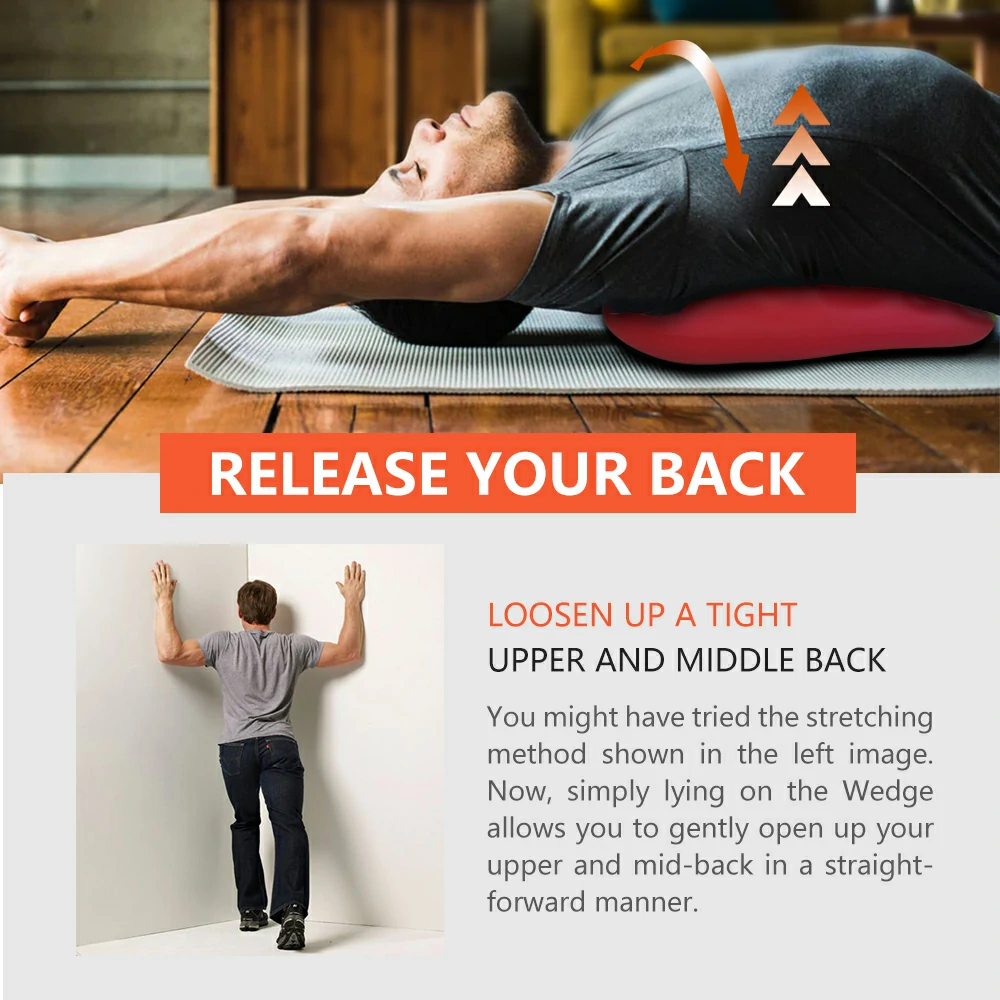
The operation is straightforward. You just need to lie on it, and the protrusion on the shoulder blade wedge will automatically work, pressing on trigger points between the shoulder blades. You don’t need the help of fingers or other tools, nor do you need to locate trigger points. It can do all of this for you.
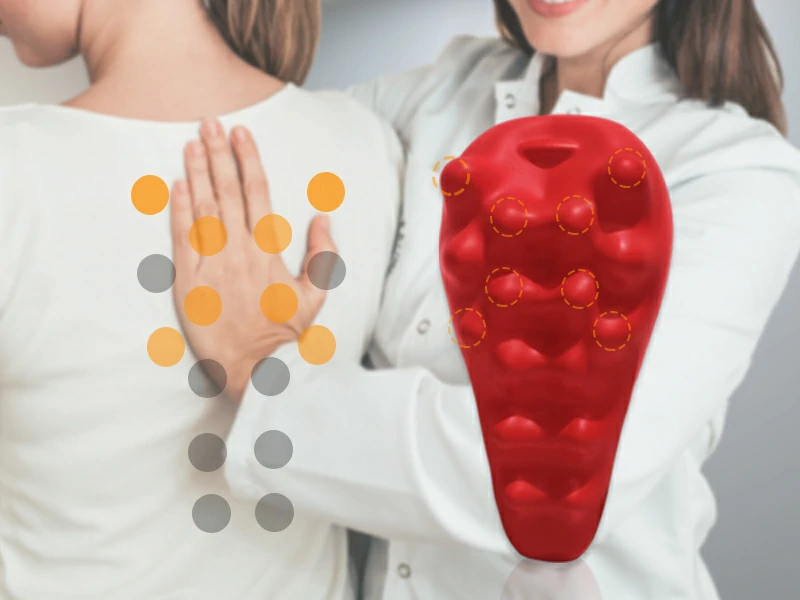
Once accustomed, you can speed up recovery by swinging your arms.
Watch the demo video below!
Click to make the Shoulder Blade Wedge your health companion.
Unlocking the door to health, and rediscovering the joys of a healthy life! Choose health, choose a fulfilling and enduring life!